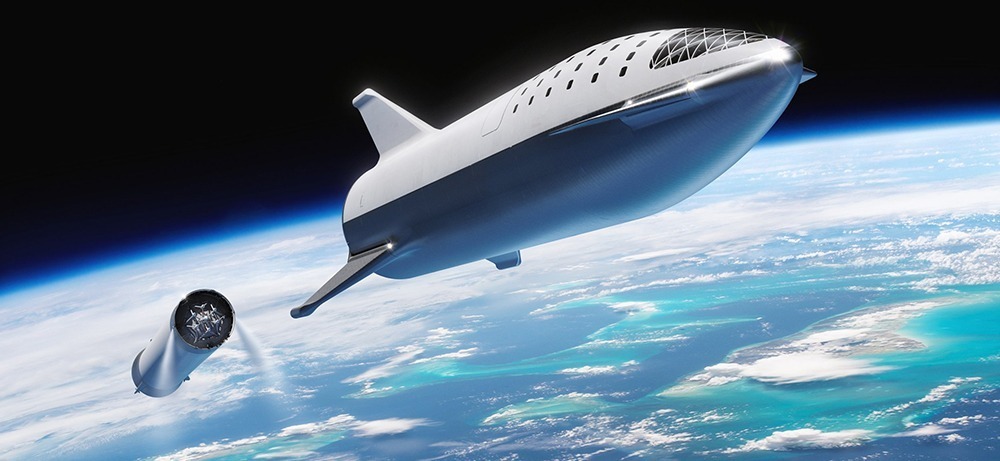As the business landscape continues to rapidly evolve, organizations are realizing the necessity of implementing a robust Risk and Resilience strategy. To showcase exemplary resilience during a time of unprecedented disruption, iluminr has created the Gamechangers in Resilience interview series, featuring leaders all over the world who have helped their organizations and clients demonstrate exceptional adaptability.
With April observed as Earth Month, iluminr felt it important to highlight the valuable contributions of risk and resilience leaders who have made sustainability a priority in their efforts to build a more resilient and sustainable future for our planet.
Jason Hoss is a Business Continuity Professional with a strong background in providing professional support to businesses of all sizes, from SMBs to complex enterprise environments. Jason’s dedication to the field of business continuity & resilience has earned him a reputation as a Gamechanger, reshaping the world of resilience one organization at a time.

Q: How did you land in resilience?
A: It all started in Wisconsin, where I co-owned a photography business. I discovered the importance of disaster recovery processes, but I learned how to build meaningful relationships with partners, clients, and the public.
After moving to Colorado, I faced personal resilience challenges, and I needed to shift my focus to recovery and discover my next steps.
As a deskside support technician at K12 public education IT, I brought a unique approach by building relationships with clients while resolving technical disruptions. Early on, during the COVID pandemic, I was nudged by a leader to apply for a BC/DR and change management role in 2020. About an hour before my virtual interview, I was notified that I had been exposed to COVID. I didn’t let that deter me, and I soldiered on. A week later, I was awarded the role while in quarantine, and within six months, I earned certifications in ISO22301 Lead Implementer from ICOR and the CBRITP from BRCCI.
And now, four years later, I find myself in my dream role as BC/DR coordinator at Open Technology Solutions, LLC.
OTS is a CUSO (Credit Union Service Organization) and Fintech organization that creates economical technology solutions for our financial service partners. As the first dedicated team member to hold this role, I’m charged with revising and expanding the current program. OTS is an agile, collaborative, and transparent organization supporting radical candor. With their support and encouragement, I was able to attain my CORE certification from ICOR with success.
Q: You’ve said your overall career objective is to assess the risk of the unknown. That sounds fascinating. Tell me more.
A: As part of the DRJ mentoring program, I partnered with my mentor, William, to discuss career goals, and developed a mission statement and objectives. One of those objectives was: “To support the mission of resilience and disaster planning for government, commercial, and private interplanetary spaceflight.”

I’m fascinated by space and see the importance of assessing challenges and opportunities in the rapidly growing commercial space travel industry. Although it may seem unrelated, I see similarities between fintech and space flight technology, investment, expertise, and regulation.
As I observe the commercialization of space flight and society’s aspiration for interplanetary travel, I see organizational resilience as a partner in understanding, assessing, and mitigating the risk inherent in the system.
Resilience is built on pillars that mitigate risk for any organization, public or private. These pillars are connected and help us prepare for the unknown, collect and analyze data, socialize it, respond to impacts, and support continuous improvement to ensure an organization’s ability to overcome adversity. These pillars include leadership, culture, infrastructure, risk management, crisis management, technology, and continuous improvement
Q: You are working on a framework for Organizational Resilience. What was the inspiration behind the model?
A: I was inspired to create a proposal for organizing and aligning BC, DR, Incident, Major Incident, Problem and Change management programs while working in public education. I wanted a better way to organize and align these disciplines to offer a holistic view of an organization’s ability to be resilient, while supporting the mission of educating children and providing equality in education in pandemic conditions.
However, my proposal was rejected by the administration, and I realized I needed to find an organization that was more agile, transparent, and supportive of continuous improvement. So, I continued to reassess and improve my proposal, and looked for opportunities outside public education.
Q: Can you give us a preview of that work?
A: Upon joining OTS, LLC, I aimed to establish a strong alignment with the organization’s culture, mission, and objectives. As a result, I revised my earlier framework to prioritize people, fintech, and private industry, and developed an Organizational Resilience Manifesto, drawing inspiration from the FinTech sector.
You can check out the framework here.
Q: That’s an impressive framework. How would you approach incorporating sustainability into an organization’s risk and resilience planning?
A: I would leverage an approach similar to our organizational risk and resilience planning – by identifying how environmental challenges could impact our organization, team members, partners, and customers. In terms of operational action plans, I would consider sourcing renewable energy, reducing water usage, reducing our data center footprint, and planting trees.
From a cultural perspective, I would consider implementing and supporting carpooling and alternative travel such as light rail or cycling to work. Eco-Volunteering is another opportunity to enhance the organization’s culture by giving back to the community.
We can also engage the philanthropic arm of the organization to ensure that a portion of corporate donations are directed towards communities and non-profits that support the mission of environmental sustainability.

Q: “Resilience starts and ends with the human element.” How do you enable and support the whole person in your Resiliency work?
A: Culture is fundamental for an organization’s resilience, shaping how team members interact, communicate and are supported.
I harness the power of people and promote positive behaviors. Without these elements, even the best plans and services can fail.
Areas I would focus on are Human Resources and Professional Development. HR plays a critical role in fostering a positive culture within an organization. This is accomplished by identifying and developing key personnel, implementing training and learning programs, and supporting continuous improvement, employee engagement, retention, and equitable compensation.
Additionally, professional development is vital for skills acquisition, knowledge enhancement, career advancement, and personal growth.
Q: What is the leadership playbook you are writing for yourself in real-time?
A: I reflect on my past roles, leaders, interactions, and experiences with peers and leverage them to author my playbook. I have experienced both exceptional and ineffective leadership. My goal is to foster a culture of openness, candor, and continuous improvement while providing my team with the necessary support and mentorship to develop a path of their making.
Having a mentor and thought partner helps me shape and guide these high‐level concepts while challenging me to dig deeper and consider other perspectives. This ongoing process has enabled me to develop my executive skillset and allowed me to grow, helping me envision what comprises exceptional leadership.
Q: What is the hardest part about leadership in crisis?
A: Making the right decision at the right time, for the right reasons.
This is why we evaluate, exercise, and continuously improve our processes and selves. We can bake in positive habits when responding to crises by regularly discussing them and exercising our plans and assumptions.
Anything can happen whenever we work with uncertainty, lack of control, balancing competing priorities, and supporting morale. This can be effectively managed by professional but candid communication and realizing when you are in analysis paralysis.
Simply put, make and own the decision with the facts you have. There are significant challenges in predicting the future and assessing the volume of data and risk during a crisis; mistakes will inevitably be made. This is where owning our decisions, being transparent, having open and candid communications, and leveraging postmortems to understand how we can improve our reaction and response the next time we encounter similar scenarios.
Q: “How do you apply the lessons of Resilience in your own life?
A: My journey has enabled me to define the lessons of resilience. I have experienced so much on both sides of the coin in a short time.
I have lost a career that I was passionate about and had invested in, only to stumble into another that I am just as, if not more, passionate about. A former business partner taught me that negotiations start at “No,” which has been instrumental in approaching adverse situations and people. It taught me where to focus my energy and to underscore the importance of relationship building. My last business partner highlighted the importance of compassion. His lack of it was devastating and changed my risk appetite for owning a business.
All of this has shaped me into the person I am today. Bob Ross had it right when he said,
“There are no mistakes, just happy accidents.”














